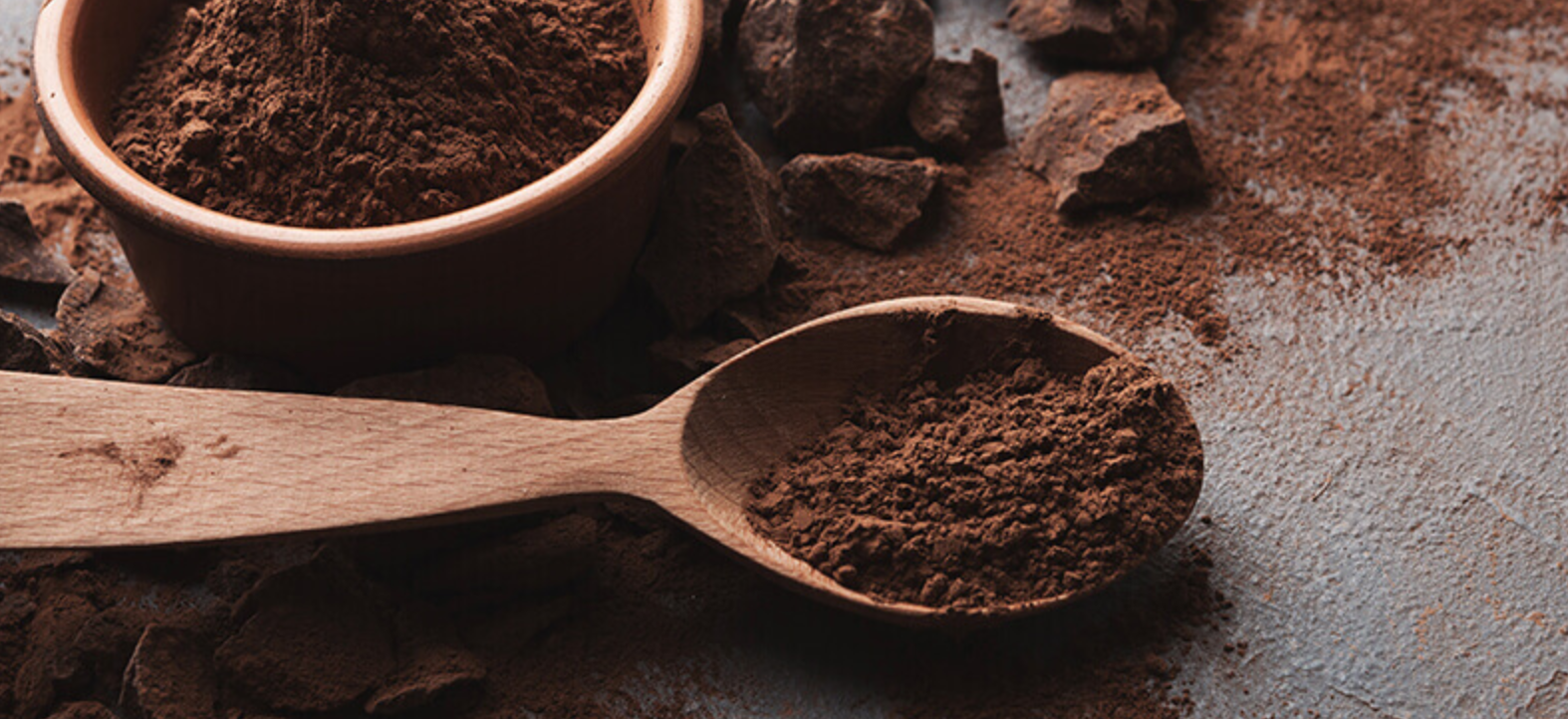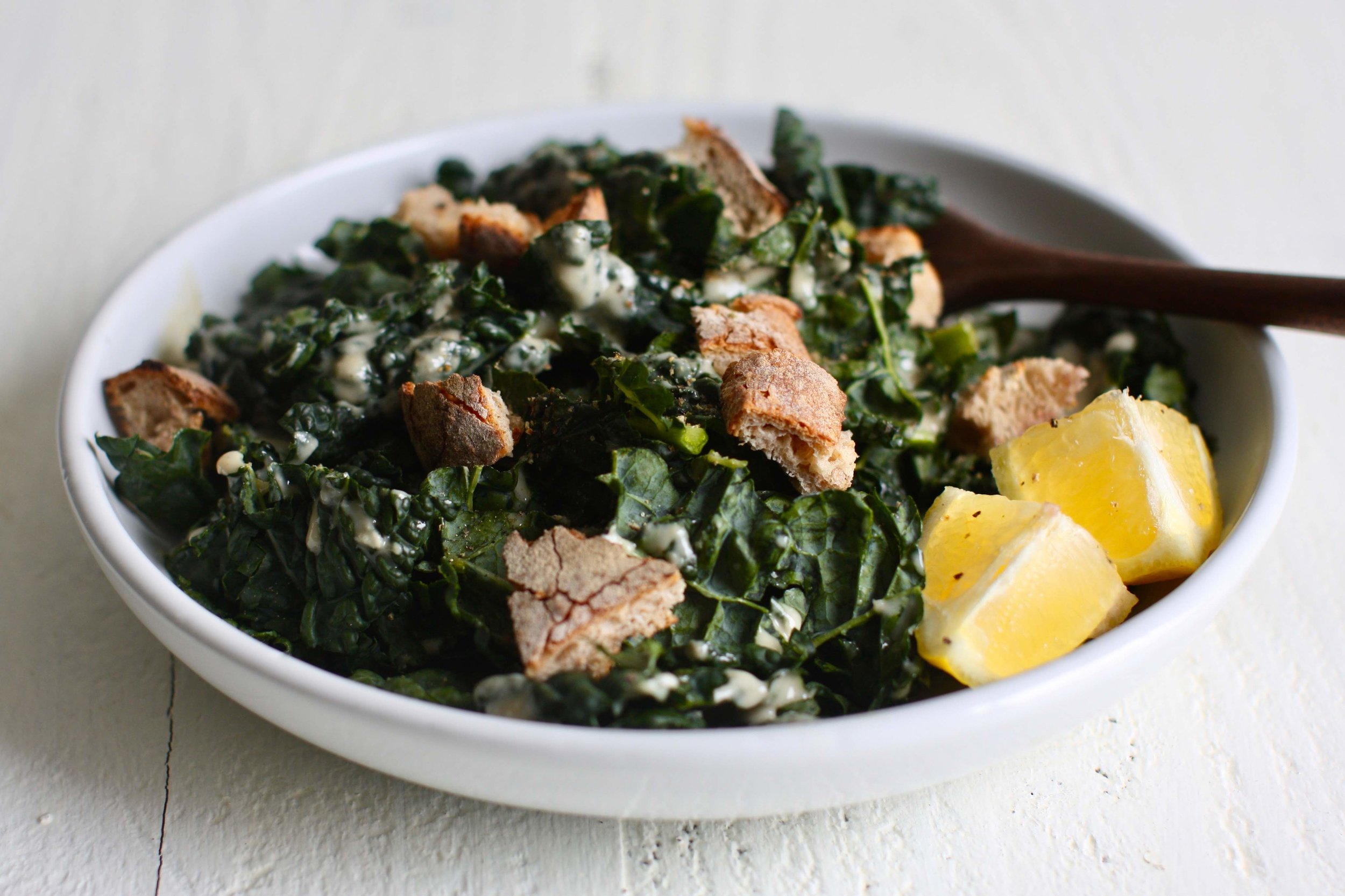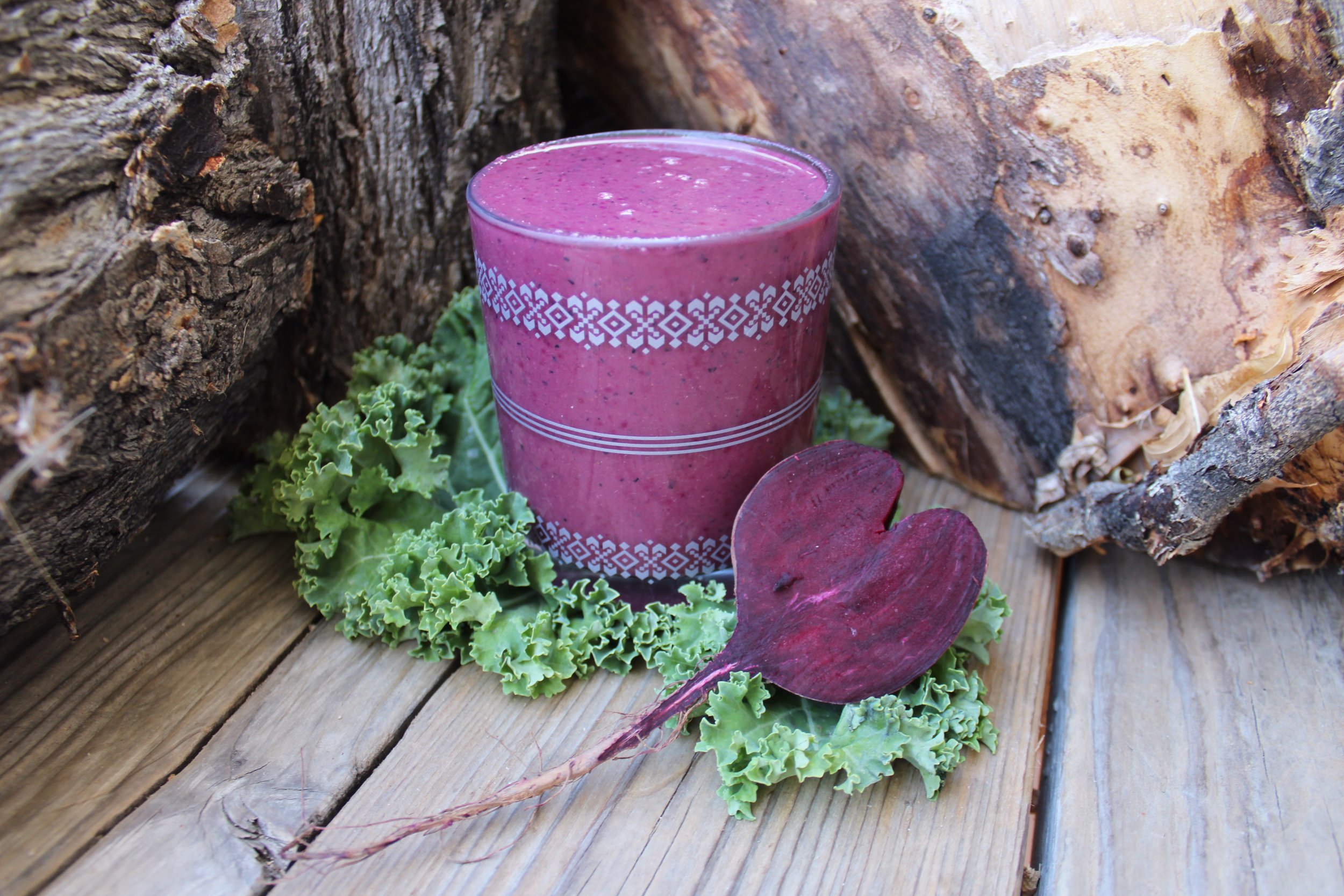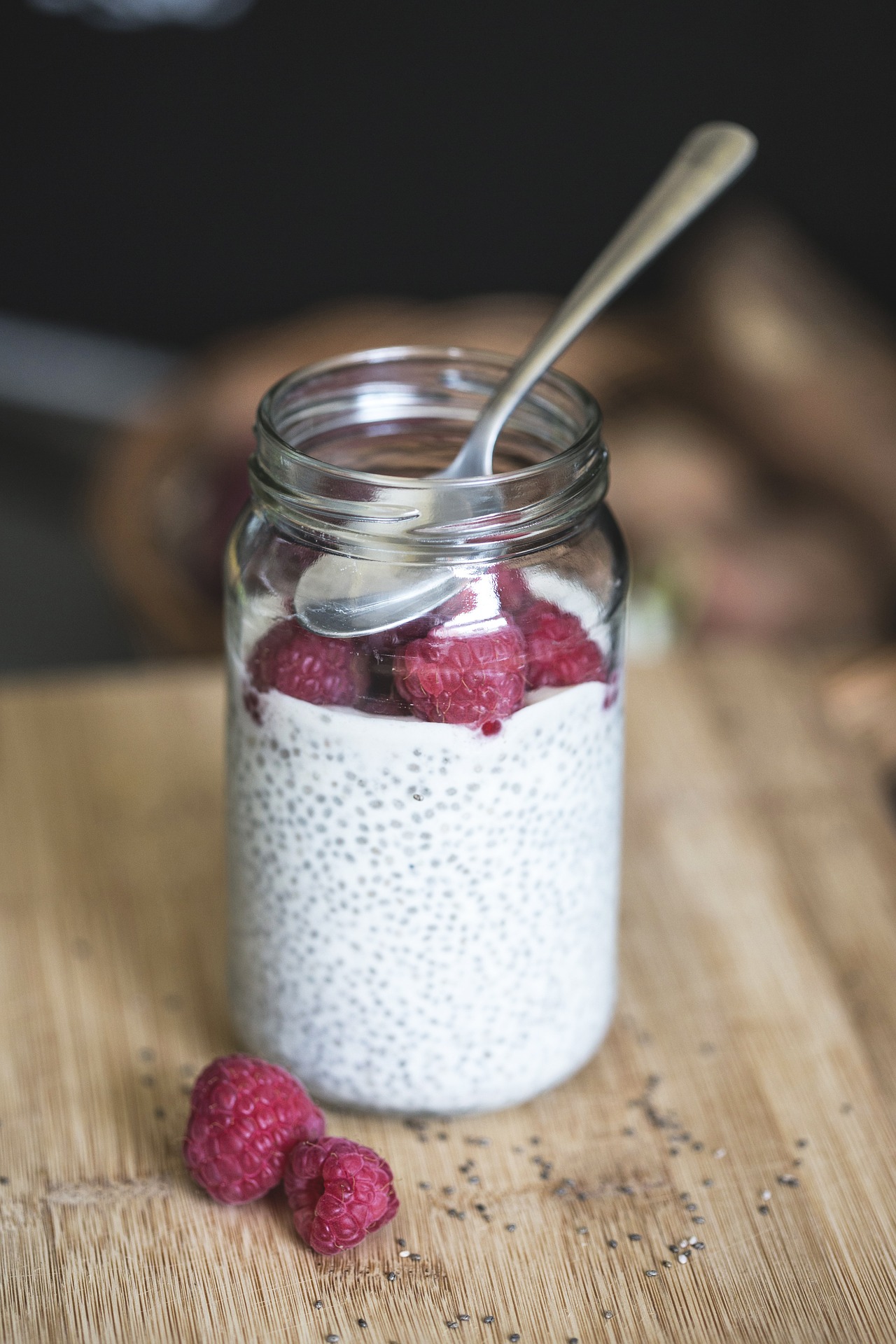ALWAYS BE YOURSELF, UNLESS YOU CAN BE A SUPER HEROINE THEN ALWAYS BE A SUPER HEROINE
There are days, when I meditate, walk little Sadie, get my morning work out or yoga in, clear my inbox, write some content, see a few clients, make a yummy dinner, tidy the house, fold the laundry and still have time to cozy up with my man for an episode of Chernobyl.
These are the (rare!) days when I feel like a super heroine.
Life is full. Especially at this time of year, the longer summer days seem to lend themselves to more outdoor time, more socializing, more fun and more energy output.
I have to carefully pace myself, remind myself to go to bed early, take some downtime, and remember to …
B R E A T H E.
If you are like me, you are a person who’s looking to take a bite out of life, make sure you get enough down time plus find ways to give back.
Hint: If you want to be a super heroine in your own life you need to feed your body with super heroine fuel — to feel your most resilient, strong and energized.
You can cultivate more energy, clarity, focus, and strength by infusing specialized superfoods into your diet, to give you a little boost.
It doesn't have to be hard, and it sure can taste great.
I hope you enjoy powering up your plate! 🙌
Here’s to some summertime fun..
.
Check Out My Favorite Superfoods For A Super Heroine Life
You may have heard of the many definitions of a superfood, some are even a little controversial. Many would even say there's no scientifically based or regulated definition of a superfood.
To me, a superfood is a potent and healing food that is packed with nutrients and supports your energy, vitality, radiance and health. You may be thinking, “that’s a lot of foods!”, and you are right. Below I chose a few of my favorites to write about.
I enjoy infusing my diet regularly with superfoods, but especially if I am feeling tired, depleted, stressed or a little off balance.
You may have some of these in your refrigerator or pantry, and some of these may be new to you. Either way, have fun experimenting with superfoods and be sure to let me know how you feel after a good superfood boost!
DARK CHOCOLATE
Do you crave a little sweet now and then? While you may have thought you needed a good excuse to enjoy a piece of dark chocolate, the truth is the delightful and ancient superfood ingredient found in high quality dark chocolate, known as cacao, has more to offer your health than you may realize.
The cacao bean contains more than 400 phytochemicals, and many of them positively affect human health. Dark chocolate is rich in flavonoids and studies have shown antioxidant activity, endothelial function, lower blood pressure and assistance in blood clot formation. It is also known as a food to induce high amounts of pleasure. Try a little…
In ancient texts, cacao was described as a sacred superfood, often referred to as food of the gods. The cacao bean and its consumption date back as far as thousands of years, where it was used as a powerful and healing food, including use in ancient ritual and ceremony.
Today, with much science and research at your fingertips, cacao has many well-proven benefits for your body, mind, and soul. It may be just the superfood you will be delighted to include in your day-to-day life.
TUMERIC
You might know of turmeric as the yellow spice in your curry, but there is so much more to this potent antioxidant rich, anti-inflammatory food. Turmeric is known for having an astounding ORAC (Oxygen Radical Absorbance Capacity) value––a popular scale that measures the antioxidant strength of foods.
Turmeric has been used historically in Ayurvedic and traditional Chinese medicine for its anti-inflammatory healing benefits. In addition, turmeric may promote anti-ulcer activity, supporting the digestive system, and can help fight cancer. These superfood benefits keep you feeling young, spry, and full of vitality.
Try one of my favorite ways to get more turmeric in: Golden Milk!
BLUEBERRIES
It’s not surprising that blueberries have taken center stage for their vast and dynamic health benefits. After all, they are the most nutrient dense of all the fruits. From rich antioxidant properties to notable anti-inflammatory relief, blueberries are worth ensuring they land on your plate often.
Historically, blueberries are one of the fruit species native to North America. In fact, Native Americans were known to revere these potent wild berries so much that they even developed folklore around them.
The Native Americans called blueberries ‘star berries’ because the blossom end of each berry—the calyx—forms a perfect five-pointed star. Blueberries (along with their leaves and roots) were used in Native American traditions for medicinal purposes, such as relieving stomach problems.
Today, blueberries are one known as one of America’s favorite berries. In fact, blueberries have the highest antioxidant content (ORAC value) of any other fruit.
COCONUT
There are few substances on the planet that stand up to coconut oil. This versatile superfood has beneficial uses that span skin care, hair health, and anti-inflammatory properties—benefitting you inside and out. Coconut oil is antibacterial and antimicrobial, making it a wonderful addition to your menu (and to your bathroom cabinet).
Notably, research shows that eating coconut oil regularly can support and heal your digestion as it positively influences the delicate balance of good and bad flora.
I keep one jar in the kitchen and one in the bathroom!
RAW HONEY
You may think of raw honey as just a sweetener for your tea, but raw honey’s healing benefits go far and beyond.
Studies show that raw honey is antiviral, antibacterial, antimicrobial, and anti-cancer. Raw honey is chock full of anti-aging antioxidants called phenolic compounds, which play an important role in cancer prevention, manage diabetes, and prevent cardiovascular disease.
Raw honey has also been shown to stimulate anti-inflammatory cytokine production––small proteins produced in your cells that govern inflammation and wound healing––making it a powerful anti-inflammatory food to enjoy.
KALE
Kale is considered the most nutrient dense of all the greens out there. Kale can be prepared and enjoyed in thousands of ways. Kale is a form of cabbage (Brassica family) with green or purple leaves, in which the central leaves do not form a head.
Kale is high in fiber and great for digestion. Try adding baby kale to your next smoothie or massaging it with some olive oil, avocado, sea salt and lemon or try our {dairy free} massaged kale Caesar HERE
CHIA SEEDS
Chia seed is highly nutritious, medicinal see that has been used for centuries for its beneficial properties. Chia was a staple for Incan, Mayan, and Aztec cultures. In fact, Aztec warriors were said to fuel up on chia seeds before battle.
High in essential fatty acids alpha-linolenic and linoleic acid, made up of 30% protein, Vitamins A, B, E, and D, and a wide array of trace minerals. Chia is a wonderful addition to your snacks and meals.
Chia is filling, it has a fun texture, and it is a great way to increase your omega-3’s with a plant rare based source! Add CHIA seeds to your favorite milk for chia pudding. Try a scoop in smoothies, oatmeal, or yogurt. Need a recipe? We’ve got you covered. Check out our yummy coconut chia pudding HERE.
BEET JUICE
Beetroot juice has recently been given recognition as one of the top recommended superfoods. The juice of this delicious root vegetable is rich in antioxidants and naturally occurring healthy nitrates.
When consumed, the body converts nitrates to nitric oxide, a compound that enhances blood flow in the vessels and helps lower blood pressure. Because of these beneficial attributes, beetroot juice can increase exercise performance and support heart health.
Research shows beetroot (the reddish roots known as beets) lowers blood pressure and protects brain cells—keeping you feeling healthy and vital. If you like these earthly sweet roots, consider adding them to your super heroin diet!
MACA
Maca, a Peruvian superfood grown high in the Andes mountains, has been used for thousands of years by the Incas. Since maca root is in the Brassica family, it is related to the more commonly known root vegetables such as radish and turnip.
Loaded with vitamins, minerals, protein, and phytonutrients, maca is know to have a number of health benefits.
These include increasing energy and stamina, balancing hormones (especially during menopause), repairing adrenal function and enhancing sexual function. Ooh la la!
You can find both maca powder and capsules at your local health food store.
GINSENG
You have probably heard of the gnarly but potent root and brightly colored berry known as ginseng. Ginseng has been used in Asia and North America for centuries in both Native American medicine and Traditional Chinese Medicine. Native Americans used ginseng as a stimulant, a digestive tonic, and to soothe headaches, whereas Traditional Chinese Medicine used ginseng to boost energy and vitality, manage diabetes, and support sexual health.
Today, many folks are turning to ginseng as a natural remedy to elevate energy, enhance memory, decrease inflammation, boost sexual function, and more. In fact, ginseng is among the most popular and best-selling natural remedies in the world.
Ginseng can be used in many ways. Try it raw, gently steamed, taken in a capsule, made into a tea, or even finely chopped and added to a stir-fry. Ginseng is a powerful and medicinal food and remedy that can benefit many aspects of your health. Enjoy ginseng benefits however you can!
LION’S MANE
Have you tried a lion’s mane mushroom? We have a wonderful wild mushroom booth at our local farmer’s market, where I first discovered this potent white and shaggy mushroom.
Lion’s mane is known to boost brain function, support mental health easing symptoms of depression and anxiety, support neurological function, soothe the digestion and boost the immune system.
You can often find lion’s mane at your local health food store. It is delicious cooked up with a blend of other mushrooms in a tasty stir-fry, or even made into a wild-mushroom soup.
Keep your eye out for other products with lion’s mane mushrooms, such as supplements, teas and recently (one of my new favorites) lion’s mane mushroom coffee.
If you are a mushroom person like I am, be sure to give lion’s mane a try.
LOVE 💗
LOVE is the ultimate superfood. In our busy worlds, we are so often rushing through meals, disconnected from our food, it’s source and how it has landed on our plates. Learning to put love, reverence and intention into both the food as we eat it and our food as we prepare it makes a tangible difference in how your body assimilates the nutrients, and how your body metabolizes the food into energy.
Add some LOVE into your meals. Experiment! See how you feel when you have dinner with a loved one, or sit down on a lovely fall day in the park to enjoy your lunch. Light a candle while you cook, chant while you simmer your soups, and give thanks for the abundance you have on your plate.
Every other superfood pales in comparison to LOVE in your experience with food.
Most of all LOVE your self with every bite.














![LOVE YOUR LIVER [PART II]](https://images.squarespace-cdn.com/content/v1/58814a14e4fcb52dcfa591ac/1559174258503-QDTIEJNNH3XYPJ5QS60R/5X2A0491.jpg)


































